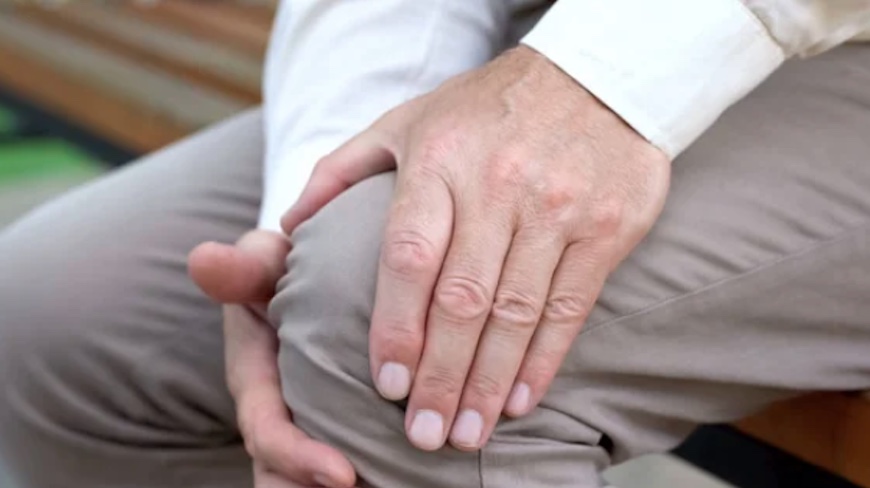Osteoporosis is a stealthy condition that silently weakens bones, often revealing its presence only after a fall, when a bone fracture occurs. This treatable yet often overlooked disease affects a wide range of individuals, and its consequences can be severe. Here are five crucial facts you need to know about osteoporosis to protect yourself and your loved ones.
A Hidden Epidemic: Osteoporosis is more prevalent than you might think.
10 million people are currently diagnosed with Osteoporosis
34 million have or are currently developing Osteopenia
1.5 million fractures are attributed to Osteoporosis
These figures underscore the importance of raising awareness and implementing preventive measures.
The Impact of Falls
Approximately 95% of hip fractures are a result of falls. These falls can have devastating consequences, particularly for older individuals whose bones have become more fragile. One of the most concerning aspects of osteoporosis is its link to fractures, with a staggering 1.5 million fractures attributed to this bone-weakening condition. Recognizing and addressing fall risks becomes imperative in reducing fracture rates.
Women are more at risk
Osteoporosis predominantly affects women, especially those over the age of 50. Shockingly, 1 in 5 women within this age group suffer from osteoporosis. To put this into perspective, a woman’s risk of experiencing a fracture due to osteoporosis is equivalent to her combined risk of breast, uterine, and ovarian cancer. Johns Hopkins Medicine states that “up to 1 in 2 women will break a bone due to Osteoporosis.” Women must remain vigilant and proactive about bone health.
Men are not immune
While osteoporosis is often associated with women, men are not immune to its effects. In fact, men are more likely to suffer from osteoporosis than to develop prostate cancer. Around 27% of men over the age of 50 face a risk of experiencing osteoporosis.
Prevention is Key
People seldom get tested for osteoporosis. On average only 9% of women covered by Medicare who suffered an osteoporotic fracture were screened for osteoporosis.
This silent disease has few outward symptoms, and the risks increase the older you are, especially for women after menopause. The power to combat osteoporosis lies in prevention and early detection. Recognizing risk factors and making informed lifestyle choices can significantly mitigate the impact of this disease. Key steps include:
– Balanced Nutrition:
Eating a nutritious diet rich in calcium and vitamin D to help maintain good bone health.
– Physical Activity:
– Get outside into the sunshine if you possibly can (Vitamin D is important for balance and bone health).
– Do regular strength and balance exercises to reduce your risk of falling.
– Check with your doctor or physical therapist to see which exercises are right for you.
– Healthy Lifestyle:
Quitting smoking and limit your alcohol consumption
– Medical Assessment:
Ask for a fall risk assessment that includes a balance measurement, and ask your doctor when a bone density screening would be appropriate for you (hint, if you have a family history of Osteoporosis, are post-menopausal, underweight, or have fractured a bone recently, these can be good reasons).
– Ask your doctor:
if you need a vitamin, calcium, or mineral supplement, or if your bone density indicates you need medication to reduce bone loss.
Don’t wait till you sustain a fracture: Bone health is all about prevention and screening,
Many experts recommend regular bone density scans for women older than 65, whose lighter, thinner bones and decreased estrogen levels make them more likely to develop the disease. But it’s important to remember that osteoporosis is not an inevitable part of ageing. Taking proactive steps to prioritise bone health can help you lead an active and fulfilling life without the burden of fractures and limitations.
Consult with your healthcare provider to tailor a strategy that suits your unique needs, ensuring that you can age gracefully while maintaining strong and resilient bones.
Sources:
https://www.rush.edu/news/5-osteoporosis-facts
https://www.healthline.com/health/osteoporosis
https://www.msdmanuals.com/home/news/editorial/2023/08/11/16/52/5-things-every-patient-should-know-about-osteoporosis
https://www.niams.nih.gov/health-topics/osteoporosis
https://www.seniorlifestyle.com
The Mayo Clinic
The National Osteoporosis Foundation
Dr James Webb

